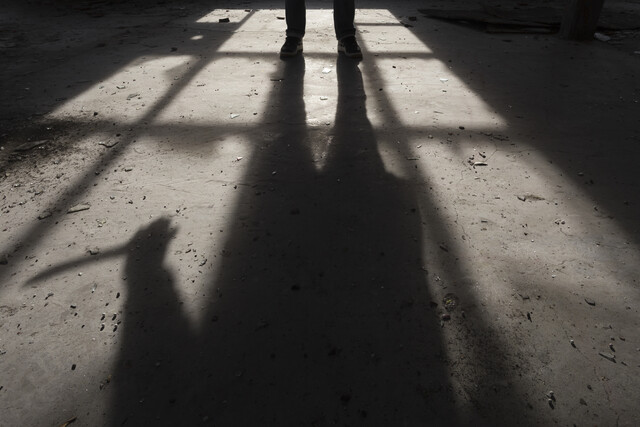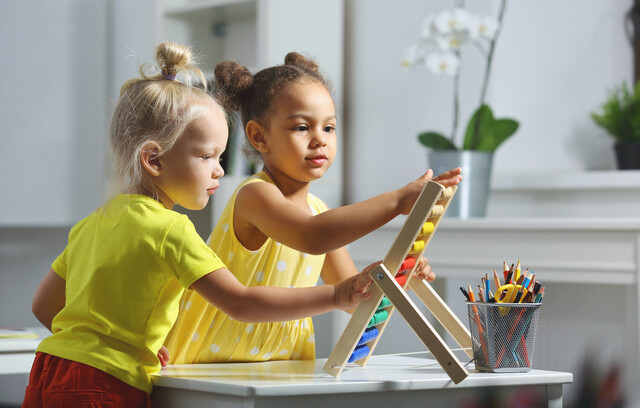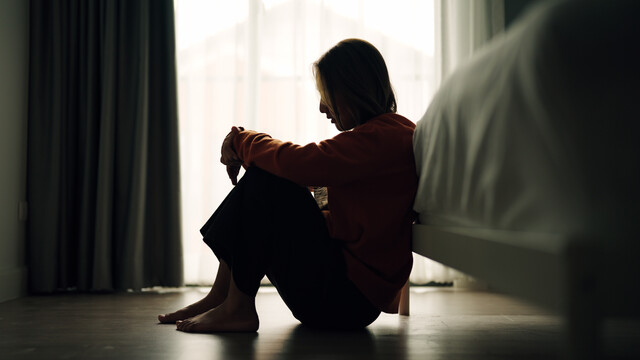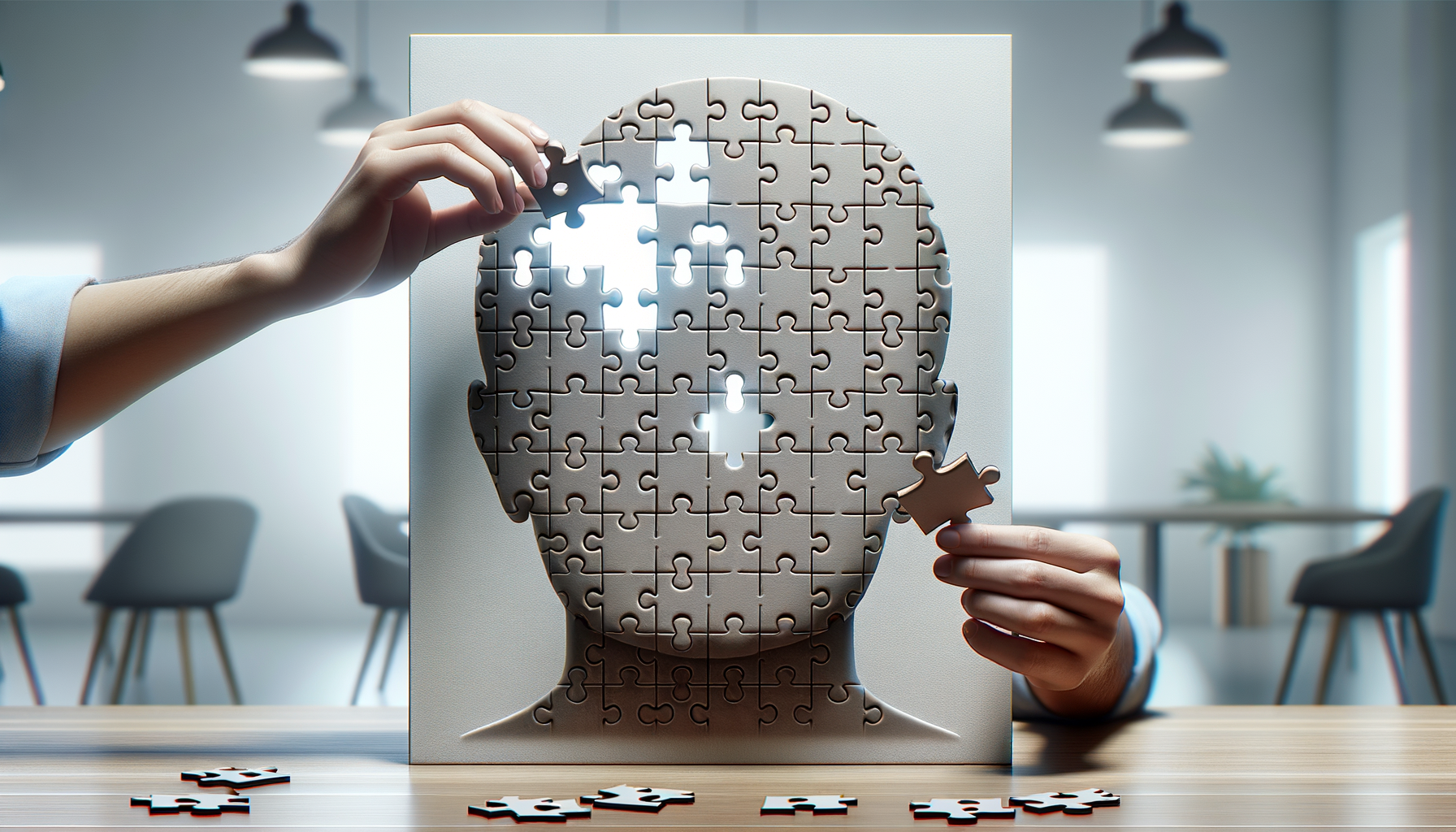A young child spends a lot of time at home, and the home environment, especially in the early years, has the potential to help set the child on a path to success. It is vitally important to focus on the quality of the home environment and how it can affect children in the long term.
A child's home should be a place that encourages physical and mental health and happiness, and that stimulates a child's growth.
Aside from the comfort it provides, you might also consider placing a rug, even if it is placed over carpet, to distinguish the play area. This is more useful in a situation where the play area is within a separate room as opposed to being in a room that is separate altogether. For example, if the play area is in the child's bedroom or in the common family area, a rug can help to separate the child's toy area from the rest of the room. This can help to contain the toy mess and also help remind the child to keep the toys tidy. If you make it a rule that toys must remain within the confines of the rug, eventually, the child will run out of room to play if they take toys out and does not put them back!
It also is a good idea to place important items at reachable height. This allows the child to take responsibility for their own things and to mimic adult actions and routines. Having their toys and books at a reasonable height means that they can choose the ones they wants to play with on their own and then can learn to put them back independently. This is also useful for clothing and diapers. For toddlers, consider placing several shirts and bottoms in drawers that are accessible to the child. This access allows a toddler seeking independence to choose their own outfits without any adult help. They can also fetch their own diapers or underwear, socks, shoes, coat, etc. This is great for building responsibility and confidence. As your child gets older, consider what they need to access and what you can safely place on higher shelves like the very top shelf in the closet. Even older children can injure themselves by climbing or straining to reach something that is too high, especially if it is heavy and can fall onto the child.
An additional, crucial safety measure is to attach any bookshelves or dressers to the wall with nails or screws and a thick strap. Children like to climb and explore even when everything they need is on a lower shelf. The weight of a heavy bookcase or dresser falling onto a small child can be disastrous and even fatal. Unsecured furniture can also be dangerous in a natural disaster like an earthquake. Securing heavy items ensures that even if you have an adventurous climber, the furniture will not tip or fall.
Bathroom
Bathrooms can utilize some of the same safety principals as are used in a bedroom. Use area rugs on the floor, not only for comfort, but also to prevent slipping. This is especially important after a bath or shower. In the bath or shower itself, it is wise to have some kind of grip on the bottom. There are many different options for this, including rough patches of material that stick individually along the bottom or rubber mats with suction cups that cover the entire length of the bath tub. You may already have a bath or shower with a textured bottom that is meant to prevent slipping. But if you do not, consider adding something else to keep your child from injuring herself in a slippery bath. Smooth porcelain is very slick when wet and even more so when soap is added. Be aware of what is up high that your child might climb to or might be injured by if it falls from a shelf. Avoid storing tempting or heavy items up high and within sight of your child.
Aside from slipping, baths may pose a risk of burning small children. The skin of a small child is much more sensitive than that of an adult. Children can suffer severe burns from bath water that is too hot. Pediatricians recommend that the water heater in your house be set to a maximum of 120 degrees F. Aim for warm water in the tub, not hot water. Always check the temperature of the water but be sure to check it with the sensitive skin on the inside of your wrist. An adult hand is less sensitive and may not accurately detect water that is too hot for a child.
Kitchen
For younger children, secure any drawers that have potentially dangerous items. A common danger is the area under the kitchen sink, where people often keep their cleaning chemicals. You should also consider securing any drawers with alcohol, heavy items, sharp items, or fragile items like wine glasses.
Similar to the child's room, you may consider placing the child's crucial items on a more accessible shelf or in a low drawer that is easy to open. For example, place the child's plates, bowls, utensils, and cups in an accessible drawer or basket. Then, at mealtime, ask your child to set their own place at the table, using items from their special drawer. With this consideration in place, they can also help put dishes away when they are clean. Children love to be helpful and this is an excellent way to facilitate that.
In addition to dishes for your child, you may also stock your kitchen with items that allow your child to help with chores like cooking and cleaning. A step stool or sturdy chair will give her access to anything happening on the countertop or table. Something like a child-safe knife, peeler, or chopper with a dull blade with a handle on top, meant to be pushed down with both hands will allow your child to safely peel and cut vegetables for dinner. After dinner, something like a small dustpan and broom set will make it easy for your child to sweep up small messes while you do the dishes.
Children love to be a part of the action, but the kitchen may not be the first place you want help from a toddler! Thoughtful organization and a few child-centric items can turn your kitchen from off-limits to a place with endless opportunities for learning and enrichment.
In general, the home environment should be mentally stimulating for the child. We often confuse "busy" with "stimulating" but these are definitely not the same thing. You do not have to have a play room inspired by the latest Pinterest trends and full of expensive toys to encourage your child's mental development.
All children will benefit from access to books in the home. This does not mean that you need to have shelves and they are filled with new books. It is the access to a variety of books that counts. While you may choose to keep a few favorites around for bedtime routines or for nostalgic purposes, you can expose your child to a huge number of books by visiting the library every so often. The library allows you to bring new and fresh reading material into your home without the expense or the clutter.
Additionally, consider the kinds of toys you have. Do they require imagination in order to play? Does the toy do all the work for the child so that they just have to push a button and sit back as a passive observer? As a general principal, look for simple toys that require the vast majority of the effort--think 80-90% to come from the child, and that do not "perform" for more than 10-20% of the work required to play with it. Toys like a tea set are a perfect example. A tea set may have pretty designs and a few fake lumps of sugar but a child must work their magic to really make it come alive. They will have to pretend that there is tea in the pot, invite their friends and gather them around, and make conversation between sips. Toys do not even need to be realistic in order to be beneficial. Play kitchens are wonderful for children to mimic real life but you do not need to buy them miniature versions of everything found in a real kitchen. They can use other small toys, pieces of felt, or just plain imagination to cook up a "feast" for you. In fact, leaving activities like this open-ended means that you are encouraging your child to stretch their imagination to its limit and beyond rather than limiting them to what physical items are on hand.
On the other hand, electronic toys like a tablet do all or most of the work for the child. After they hit the button they want, they stare passively at the screen or maybe push a few buttons. Many toys advertised as "educational" also require very little from the child. Often, these toys will light up and talk, move, sing, etc. with just the push of a button. Any toy that is working harder than your child is probably not requiring much imagination and mental growth.
Anything that will get adults involved is also recommended. The importance of parental interaction cannot be overstated. Positive parental involvement in playtime is linked to higher academic achievement, improved cognitive skills, and a better attitude about school. There are many ways to make it easy to play with your child. Buy a couple of coloring books, crayons, and some stickers for art time. Even with toddlers, it is an easy activity to share. Art also comes with built-in conversation starters. Ask your child about what they are coloring, what their favorite stickers are, or what color they think you should use next on your picture. Age-appropriate board games are also a fun and educational way to spend time together. Board games present the opportunity to teach social skills like taking turns and losing graciously and can involve the whole family.























